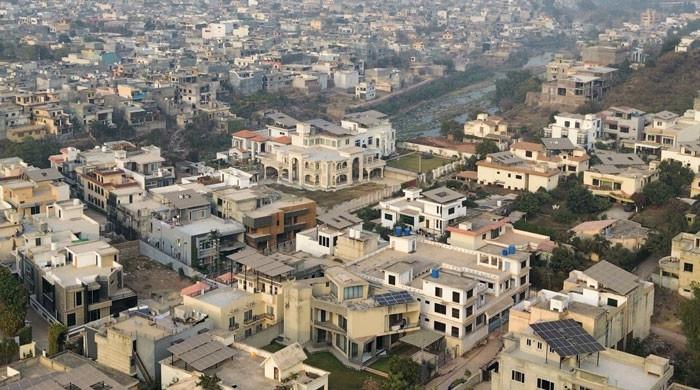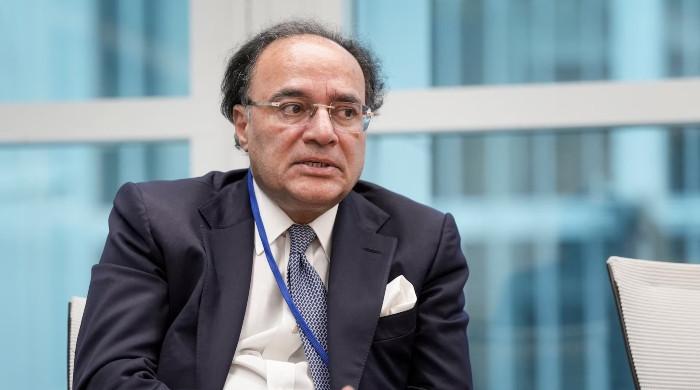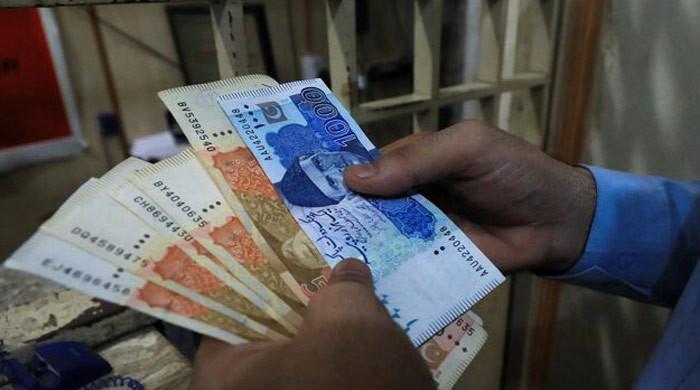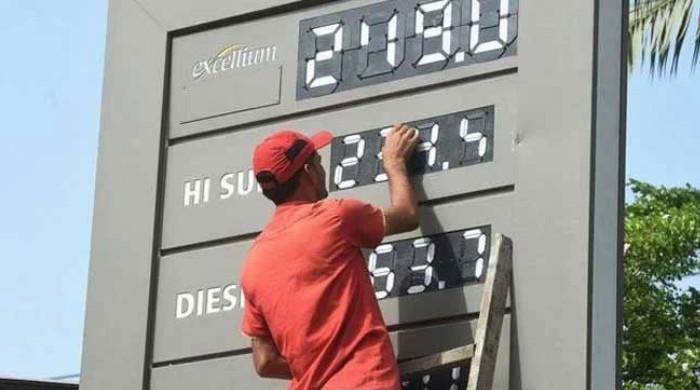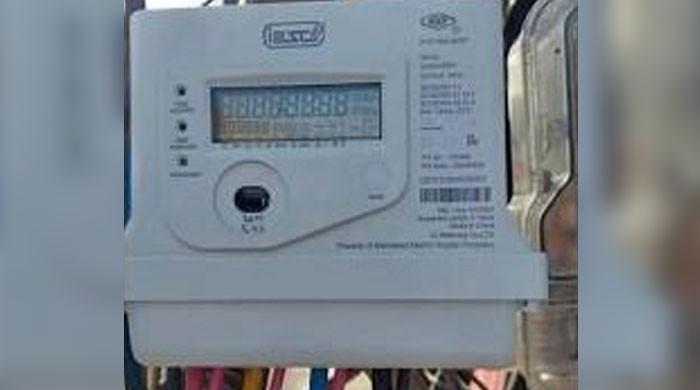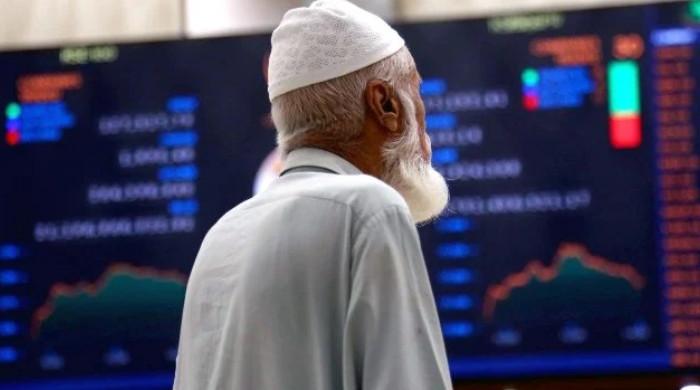RDA inflows surpass $6bn mark in April
Analysts credit rising rates of return on conventional, Shariah-compliant NPCs, and rupee depreciation for an uptick in monthly RDA inflows
April 08, 2023
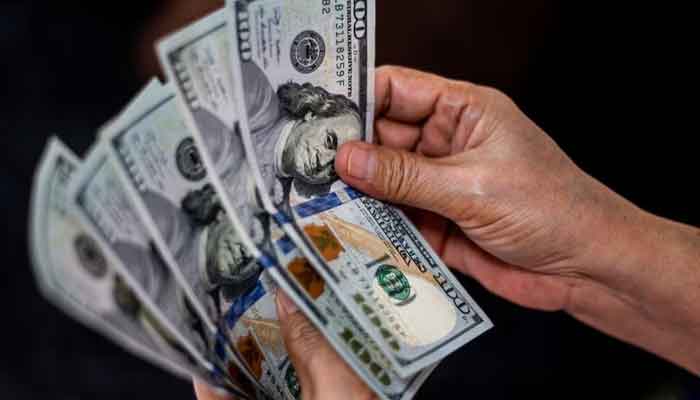
- Cumulative RDA inflows reach $6.005bn as of April 7.
- RDA inflows improved in last two months as SBP revised rates of NPC, says analyst.
- Rupee’s depreciation convinced overseas Pakistanis to increase their investments in NPCs.
KARACHI: Foreign currency inflows through Roshan Digital Accounts (RDAs) — which is a banking facility for overseas Pakistanis to operate digital accounts — crossed the $6 billion mark, The News reported Saturday citing the State Bank of Pakistan (SBP).
“Roshan Digital Account has reached a new milestone as the total inflows have crossed $6 billion. We thank our overseas Pakistanis for their continuous trust in making SBP’s Roshan Digital Account a huge success,” the central bank said on Twitter.
According to the SBP, the cumulative RDA deposit inflows reached $6.005 billion as of April 7, 2023.
Pakistan received $5.966 billion in foreign currency inflows from its citizens living abroad through RDA between September 2020 and March 2023.
“Flows via RDA have improved in the last two months as SBP revised rates of the NPC (Naya Pakistan Certificate) to make them more competitive. Approximately 60-65% of these flows of RDA are parked in NPCs,” said Sana Tawfik, an analyst and economist at Arif Habib Limited.
“On FY (fiscal year) basis, the momentum of the flows have slowed down compared to the same period last year as political and economic turmoil has been the centre of concern,” Tawfik added.
Analysts credit rising rates of return on conventional and Shariah-compliant NPCs, as well as currency depreciation, for an uptick in the monthly RDA inflows.
Profit rates on conventional and Islamic certificates denominated in local and foreign currencies were enhanced by the government in January.
Major central banks continued their aggressive monetary tightening to combat rising inflation. As a result, NPC’s returns were no longer competitive.
Analysts said that an upward revision in NPCs’ profit rates was desperately needed after global interest rates rose and helped to bring money into Pakistan.
Fahad Rauf, head of research at Ismail Iqbal Securities, appreciated the SBP’s initiative of making the rates of NPC more competitive. However, “the rates should be further increased”, he added.
“Gross inflows have crossed $6bn, which is huge. However, these are gross flows, net flows outstanding are not that much. So these flows have helped but they are not sticky.”
He said that this was partially due to the current uncertain economic situation in the country.
Moreover, the rates offered on these certificates are not attractive enough, considering the current global high-interest rate environment. Thus, the growth in flows has reduced.
The local currency depreciated after the government removed an artificial cap on it in late January. One of the requirements to revive the International Monetary Fund (IMF) bailout, which has been stalled for months, is moving to a market-based exchange rate.
The rupee’s depreciation convinced overseas Pakistanis to increase their investments in NPCs.
However, some analysts believe that after the central bank increased its policy rate by 300 basis points to 21% and the rupee depreciated against the dollar, the government may be able to attract foreign investment in rupee-denominated sovereign debt securities like T-bills and Pakistan Investment Bonds (PIBs).
Hot money may also assist the country increase its forex reserves and, in the short term, support the rupee’s value versus the dollar.




